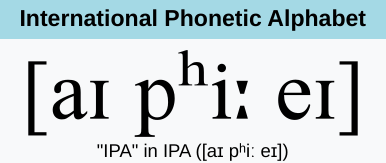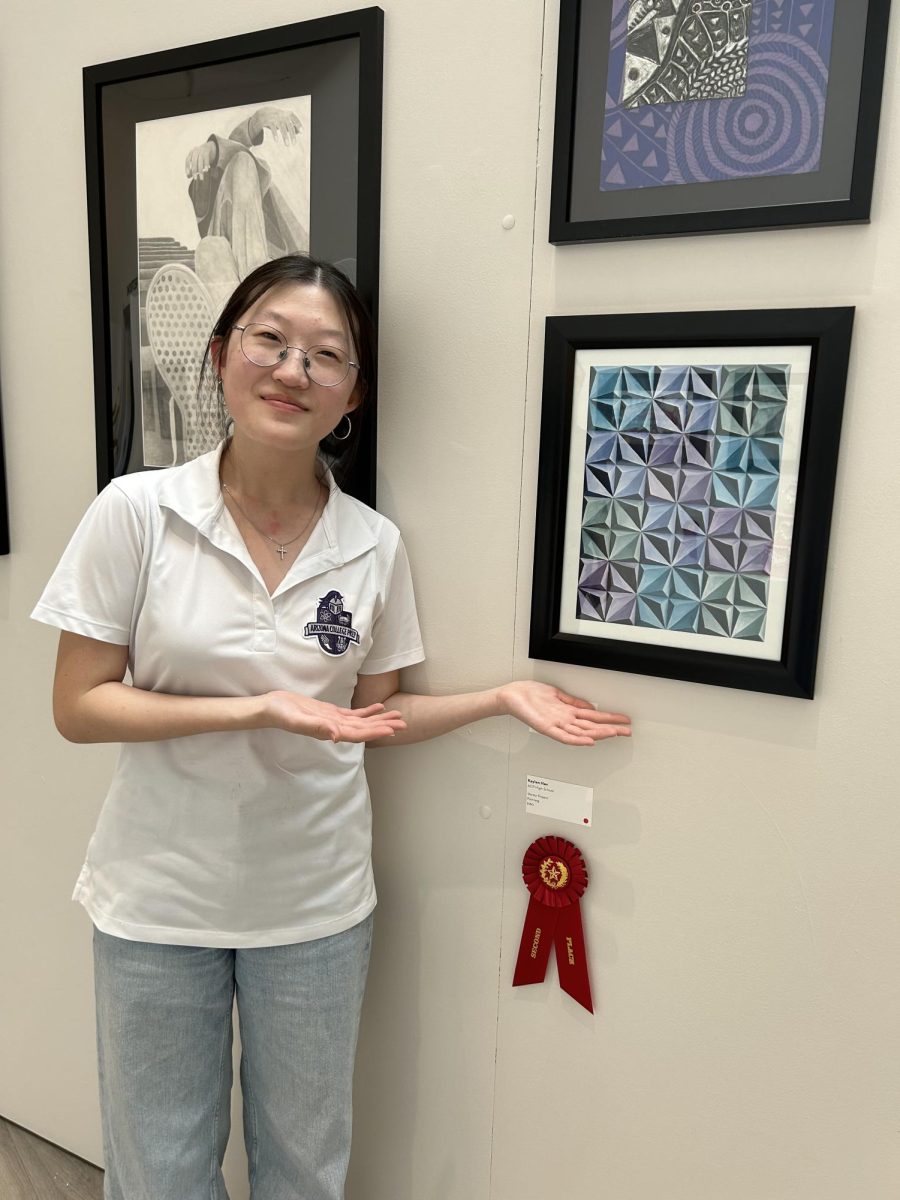Language is always in an ever-changing state, influencing how we perceive the world and additionally functioning as the overarching backbone of human communication. It can serve as a boundary or a way to bond and provides many advantages to not only the speakers but to their society and well-being as a whole. Several countries across the world feature multilingualism, as evident through their official languages or an outside influence affecting their culture. The percentage of multilinguals in the U.S. has steadily risen, and language learners who wish to increase that number often utilize the IPA to help accomplish their endeavors.
The IPA, or the International Phonetic Alphabet, is an alphabetic script used to symbolize the unique sounds of languages in their written form. It is used by all kinds of people, including but not limited to linguists, language learners, and translators. Created in the late 1800’s by the International Phonetic Association, its goal was to develop a standardized phonetic transcription for spoken languages. The International Phonetic Association was headquartered in Paris and led by French linguist Paul Passy. The vast majority of the first version of the alphabet used Latin characters. Since then, the alphabet expanded and has been revised a multitude of times, adding characters for sounds or regarding them as obsolete when they saw fit. As the number of characters grew, the IPA needed unique yet consistent designs. Their solution was to include the use of Greek letters and to slightly modify the Greek and Roman characters, which was done by rotating or flipping them.

The alphabet is divided into numerous charts for consonants, vowels, suprasegmentals, diacritics, tones, and word accents. The placement of the vowels is based on the mouth movements used to make that noise and where the noises are produced. The consonants are organized in a more complex system, divided into four categories: pulmonic, non-pulmonic, affricates, and co-articulated. The term “pulmonic” comes from Latin pulmonarius meaning “of the lungs” and refers to consonants made by pushing air from the lungs. Pulmonic consonants make up the majority of the IPA alphabet and are categorized based on which parts of the mouth are used to make the noise. The lesser-used non-pulmonic consonants are consonants made without the use of the lungs, including clicks, voiced implosives, and ejectives. As an example, click consonants are found exclusively in Africa with the exception of the once-used Damin, but are frequently used in other languages paralinguistically to express negativity as found in Mediterranean cultures or to express pity in English.
Although it is called an alphabet, it includes marking for the different characteristics of letters and sounds found in different languages. For tonal languages, the IPA includes a chart for tones and word accents, allowing for the learning of languages such as Vietnamese or Cantonese, which use tone contours. For example, “吗” is a question particle in Mandarin, while “马” means “horse”. Although they only differ in pronunciation by a tone, that tone gives the words entirely different meanings. An even larger chart is given for diacritics, which serve several different functions depending on the language. Indo-European languages often utilize diacritics, which can be used to differentiate between homonyms. One example is the Spanish “él” meaning “he” and “el” meaning “the”, which are both pronounced the same way. Not all languages follow the structure of the alphabet. Brahmic scripts such as Devanāgarī follow abugidas, systems in which a consonant and its inherent vowel are written and the diacritic is added to alter the vowel after. This is in contrast to alphabets, which represent one letter with one sound as opposed to a combination of sounds. In this example, the letter /ka/ is written in the top left and is changed to make a different sound depending on the diacritic.

As demonstrated, the IPA has many versatile uses and can be a great help for linguists who are interested in learning about the sounds of other languages, tying in characteristics from languages all over the world. If anyone is interested, they could learn more extensively about the chart and the several other topics that relate to the International Phonetic Alphabet.
https://www.digmandarin.com/chinese-tones-guide.html
https://www.oed.com/dictionary/abugida_n?tl=true
https://learnsanskrit.org/guide/writing-systems/devanagari/










